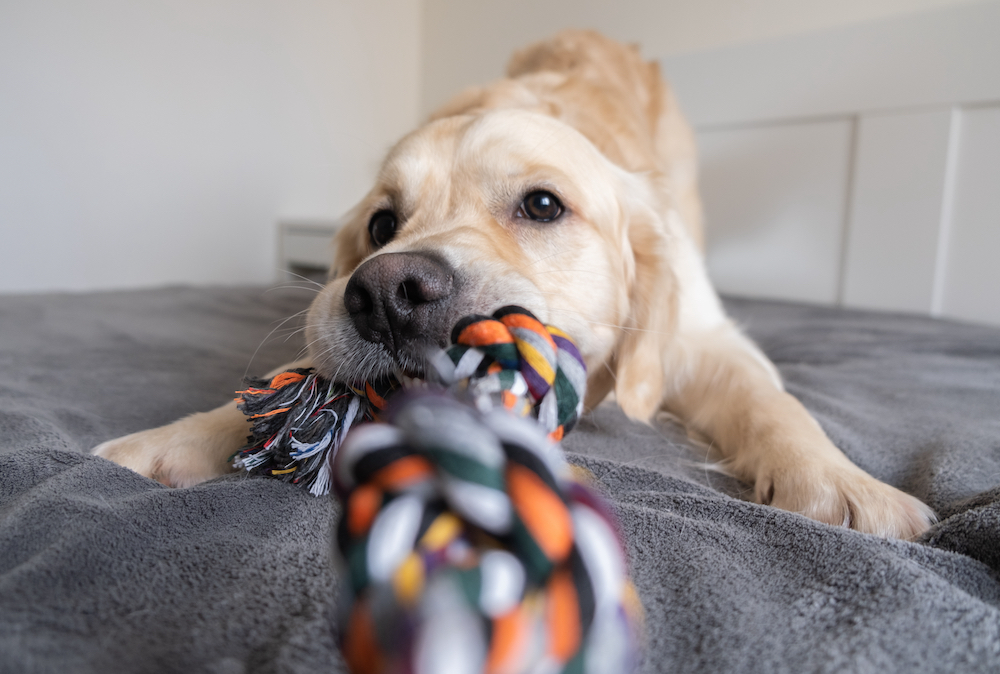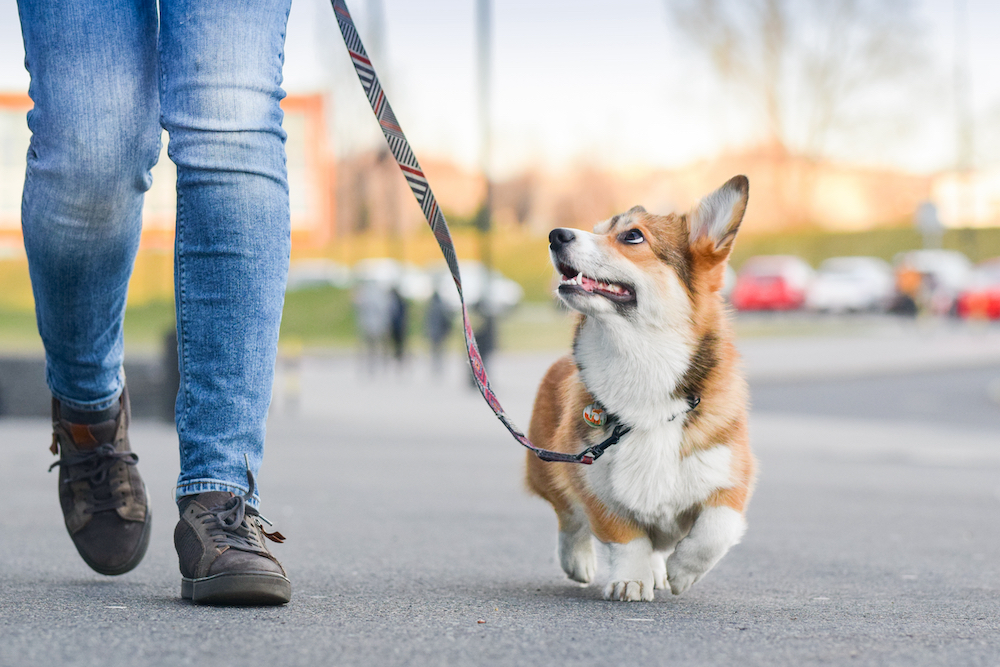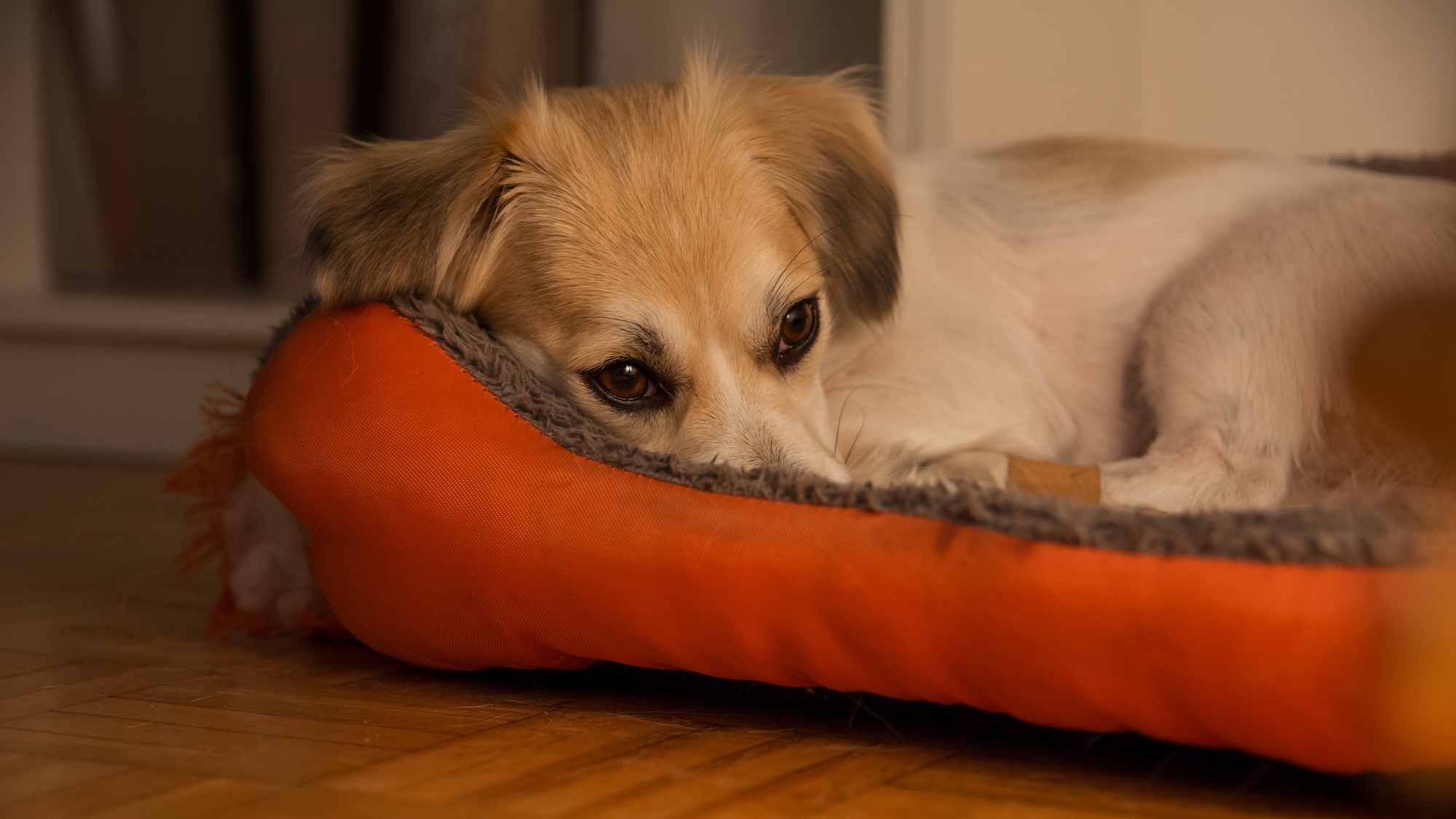Dogs love to pick up interesting objects with their mouths—but some of those objects could be dangerous, especially if swallowed.
This is why “leave it” is an important basic command for humans to teach their pups, and why “drop it” is a key backup for when your dog takes possession of something they need to release.
Here are some tips on helping your dog learn to “drop it,” making the lesson stick, and what to do when they don’t want to let go of an item that’s hazardous to them.
Be prepared
Teach “drop it” ahead of time, and make it fun for your dog. Don’t wait until you urgently need your dog to listen to you. You won’t be able to get them to voluntarily relinquish something they find compelling if you haven’t laid the foundation.
In fact, if you do encounter an emergency and haven’t yet trained your dog to “drop it,” your best bet is probably to toss a whole mess of valuable treats nearby so that your dog will abandon the offending object and you can grab it while they’re distracted.
But dumping a piñata’s worth of snacks every time your dog grabs something undesirable is not a good long-term strategy. Begin training “drop it” as early as possible, and keep it entertaining. This way, when it’s essential for your dog to let go of something, they should do so happily.

Teach the skill using a safe object, in a safe place
Start training “drop it” at home, using a toy you can give back to your dog as soon as they follow your command. By turning the session into a game with safe toy, you can make the experience more pleasant for your dog—and, therefore, more likely to succeed.
Hand your dog a toy that they’re curious about, but not one they’re obsessed with. Then put a high-value treat in front of their mouth and say “drop it” or whatever you want their cue to be. Once they drop the toy, immediately praise them and give them the treat. Then give the toy back. This way, the dog learns that if they listen to your “drop it” they get a treat and playtime continues.
Giving the toy back when your pup lets it go shows them what a good idea it was to cooperate with you. “It helps the dog understand that ‘drop it’ can be really rewarding,” says Yuruani Olguin, a dog trainer in New York City, “because they have something, they give it up for a treat, and then they’re getting it back again. This way, when you’re faced with a situation where you don’t necessarily plan to give back what they have, they’re much more willing to just give it up on their own—because you built a history of them getting it back.”
Ramp up the challenge slowly
You shouldn’t start teaching a dog to “drop it” in a crowded, exciting place with the most amazing object they’ve ever seen. But you will need to make sure that your dog isn’t only learning how to drop one thing in one place; that’s not the most useful skill in the real world. Build up to more challenging scenarios gradually.
Once your dog is consistently letting go of the not-too-fascinating toy we mentioned before, try using something that gets them more amped up. Olguin suggests a “forbidden,” but still safe, item—“like a slipper; something that, if your dog does pick it up, there’s no danger associated with it—but you’re helping them generalize the concept” of dropping what you ask them to, when you ask them to do it.
After they’ve shown that they can consistently drop whatever you want them to, try moving the instruction outside. To get your dog to catch on when there are more distractions, make it more worth their while. When you’re first training “drop it” outside, use higher-value treats—these could be boiled chicken, liver, cheese… whatever you know they love.
Once your pup seems to grasp “drop it,” you can reduce the frequency of treat rewards—but it’s good to continue paying them intermittently, even after they have the skill down.
“If they have something like a chicken bone or piece of crust in their mouth and they drop it” while you’re on a walk, says Olguin, “I think that is worth rewarding even once they have a strong foundation.” On the other hand, for a more experienced dog, “Maybe if they picked up a leaf or a stick and dropped that, we could just say ‘yes,’ and verbal praise might suffice.”

Be patient, calm, and consistent
If your dog sees that a behavior isn’t getting the results they’d hoped for, they’ll try something else. And if they see that it’s giving them everything they dreamed of, they’ll keep it up. Applied to “drop it,” this means that you have a very good chance of teaching your pal to release objects when you ask them to—as long as you make it clear what you want, and profitable to give it to you.
While you may be upset that your dog won’t drop something, try to remain upbeat. Sounding panicked or angry often makes a dog less apt to follow your lead, not more.
“If you sound angry, dogs don’t generally respond well to that,” Olguin explains. “And it’s also building a history of a negative experience.”
Try to sound peppy and optimistic when you tell your dog to “drop it,” so that they are more likely to see you as someone who has a great idea.
Only reward the behavior you want
Many dogs enjoy being chased. So if you run after your dog when they abscond with something you’d rather they give up, you could inadvertently be rewarding behavior that you want them to stop. It’s also not advisable to play tug-of-war over the item in question.
You have options besides chasing your dog, because you’re opting to teach this lesson in a controlled environment with something that’s safe for your dog to carry. As such, you’re better off finding a more enticing offer to get them to part with the object than re-enacting The French Connection.
You can wait your dog out until they’re ready to learn their cue and drop the toy, or distract them by taking out a more mesmerizing treat or showing interest in another toy. Only reward them when they actually do go along with the request to “drop it.”
Don’t drop the lesson — but maybe call in reinforcements
It’s important for your dog to know “drop it,” but there’s no reason to be ashamed if it’s not sinking in. If you feel like you’ve been at it for too long without making progress, seek out a qualified, responsible dog trainer who can work with you and your dog until you can feel secure that, whatever your canine friend finds in their journeys, they’ll gladly put it down if you ask them to.




